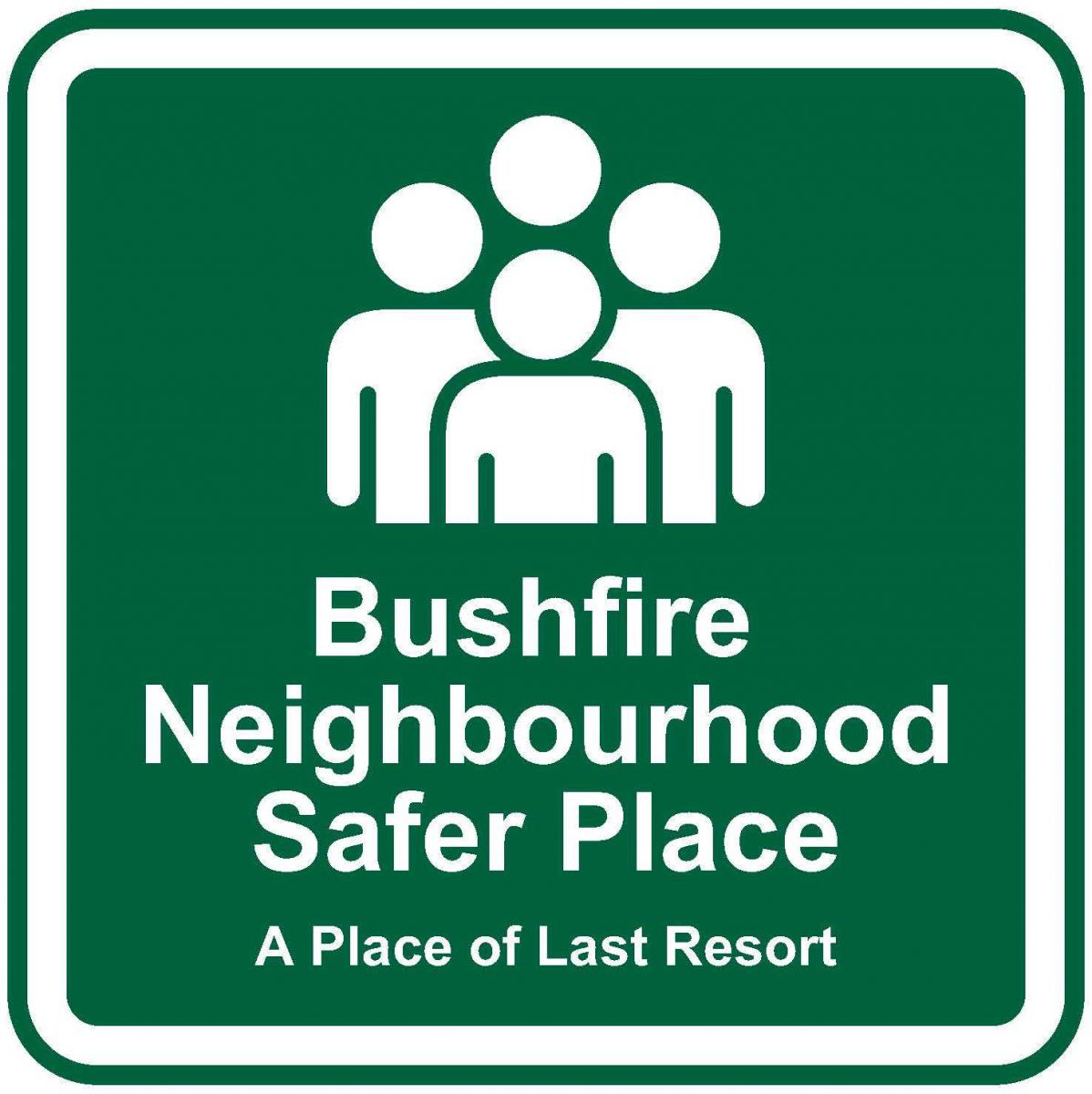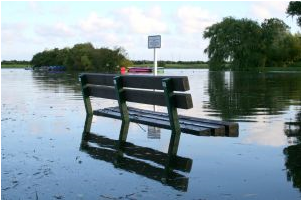Family and Household Emergency Plan
Preparing for Flood and Recovery Booklet
Municipal Emergency Management Plan
The Golden Plains Shire Municipal Emergency Management Plan undertook as self-assurance process in May 2024 and was approved by the Grampians Regional Emergency Management Committee in August 2024.
The Golden Plains Shire Municipal Emergency Management Plan has traditionally focussed on managing physical events, however there is now an increasing awareness of threats from a wide range of sources. The plan therefore takes a risk based approach to the planning of emergency management where the identification, analysis and evaluation of risks and the development of appropriate treatments is undertaken. Risk management reflects a shift in emphasis from the event to the community.
Emergency management planning is one component of community safety and wellbeing. Effective emergency management within the community safety context revolves around developing strong, active and healthy communities which are adequately prepared. A well prepared community is more likely to cope with an emergency situation.
The Plan is maintained and controlled by the Golden Plains Shire Municipal Emergency Management Planning Committee.
To see a copy of the Plan, click here. If you would like a hardcopy of the plan, contact Council's Emergency Management Planning Officer on 5220 7111.
Community Emergency Hubs
A Community Emergency Hub is a place where the community can go to help each other in an emergency. In an emergency, the hubs will provide information, support and resource sharing for the community as official services will be stretched and urgent priorities will take precedence. If safe to do so, the community hub can be opened by trained members of the community without official assistance in a location that is identified by the community.
Would you like to develop a Community Emergency Hub in your local town? Work with your community coordinators to develop a Community Emergency Hub by using the resources provided below.
Community Hub Resources:
- Establishing a Community Emergency Hub: click here to view and download
- Community Emergency Hub Response Plan: click here to view and download
- Community Emergency Hub Audit Process: click here to view and download
- Community Emergency Hub Guide: click here to view and download
- When to open a Hub: click here to view and download
Bushfire Neighbourhood Safer Places - Places of Last Resort (NSP-PLR)

In response to the Black Saturday bushfires, Council has established six open space Bushfire Neighbourhood Safer Places - Places of Last Resort (NSP-PLR) in Golden Plains Shire. These are located at:
- Cape Clear Recreation Reserve, Recreation Road, Cape Clear
- Haddon Recreation Reserve, Sago Hill Road, Haddon
- Linton Recreation Reserve, Brooke Street Linton
- Ross Creek Recreation Reserve, Sebastopol- Smythesdale Road Ross Creek
- Smythesdale Recreation Reserve, Heales Street Smythesdale
- Dereel-Rokewood Junction Road (between Judge Road and Tantaus Road), Dereel
Bushfire Neighbourhood Safer Places - Places of Last Resort are identified spaces within the community that may afford some protection from radiant heat, the biggest killer during bushfire. They are a place of last resort in bushfire emergencies only.
These NSP-PLRs are open space areas where residents can go when their personal fire plans have failed and they are left with no other option. They are not a replacement for having your own well prepared fire survival plan and being aware of the weather and fire danger in your area.
There is no guarantee of safety at a NSP-PLR. There are no special facilities and no provision of food, water or built shelter. The NSP-PLR may be uncomfortable and exposed to smoke and embers and is only intended to provide a place of last resort during the passage of a fire.
The Bushfire Neighbourhood Safer Place question and answer link below has more information on what to expect from a Bushfire Neighbourhood Safer Place.
Neighbourhood Safer Place Q & A
Council has also prepared a Municipal Neighbourhood Safer Places Plan.
For more information about NSP-PLR's, visit the CFA website at http://www.saferplaces.cfa.vic.gov.au/ or contact Council's Municipal Fire Prevention Officer on 5220 7111.
Fire Emergencies

Municipal Fire Management Plan
Concerned about smoke in your area?
Responding to a fire emergency is the responsibility of the Country Fire Authority (CFA) on private land. The Department of Energy, Environment and Climate Action (DEECA) responds to fire on public lands.
If you are concerned about smoke in your area:
- Check out the Vic Emergency site. This site covers all emergencies. http://emergency.vic.gov.au/
- Check out the CFA Fires and Warnings website at http://www.cfa.vic.gov.au/
- Check the Department of Department of Energy, Environment and Climate Action planned burning website http://delwp.vic.gov.au/fire-and-emergencies/planned-burns-for-the-next-ten-days
- Contact the Victorian Bushfire Information Line on 1800 240 667
Flood and Storm Emergencies

Municipal Flood Emergency Plan
Together with VICSES, Golden Plains Shire Council have recently updated their Municipal Flood Emergency Plan. For more information about the plan, click on the above link.
Concerned about a flood or storm?
Responding to flood and storm emergencies is the responsibility of the Victorian State Emergency Service (VICSES).
If you are seeking information about a flood or storm emergency:
- Check out the Vic Emergency site. This site covers all emergencies. http://emergency.vic.gov.au/
- Contact the VICSES storm and flood emergency hotline on 132500
- Check out the VICSES website at http://www.ses.vic.gov.au/
Power Outages
Power outages can severely impact resident’s ability to respond to and recover from an emergency.
Victoria has very reliable electricity supplies, but sometimes power outages can occur.
The most important thing during a power outage is to stay safe. Keep clear of fallen power lines and keep others away. Be careful with temporary generators. And if there has been significant damage to your property, make sure a licensed electrician checks that it’s safe to turn your power back on.
Powercor has a webpage dedicated to assisting residents to deal with power outages at https://www.powercor.com.au/
Animal in Emergencies
Your Animals in an Emergency
Your animals are your responsibility. It is up to you to plan ahead and to prepare for the safety and welfare of your pets, livestock or other animals well before an emergency impacts your home or property.
Too often in the past last minute efforts to save domestic animals and stock have led to tragedy for both human and animals. If you have animals you must make preparations now - before the emergency - in order to avoid chaos and confusion when the emergency hits.
Plan ahead
Ensure that all animals are properly identified (e.g. a collar and tag, microchip or NLIS tag). Stock registers should be current (and taken with you when evacuating) and microchip details up to date. Keep your pet’s immunisation up-to-date. Pets will need current proof of vaccination to stay at a kennel or cattery.
Prepare an animal evacuation kit including food, water, bowls, leads, blankets/bedding, relevant documentation and any medication they might require.
A collapsible cage, airline approved carrier or portable container appropriate to species should be available for each small pet (including cats, birds, guinea pigs, fish or reptiles), for transportation and housing purposes. Owning enough carriers to accommodate your pets facilitates a speedy evacuation and may mean the difference between the life or death of you and your pet. Dogs should have a leash and large animals will need specialised transport vehicles.
Large animals require extra consideration. Train all of your animals to lead and load into a trailer. Have equipment close at hand that may be needed such as halters and lead ropes. Practice hitching your trailer and backing it into the loading area.
Where to evacuate?
Council may have an Emergency Relief Centre operating in response to the emergency but these do not have facilities to manage large numbers of animals. Take your animals to friends and relatives or kennel/cattery facilities where they can receive proper care.
When to evacuate?
On a Catastrophic Fire Danger day, leaving high-risk bushfire areas the night before or early in the morning is the safest option. Do not wait and see what will happen. It is unlikely you will be able to safely move your animals once an emergency is in your area.
In recent fire and flood events, many people who planned to leave took longer to get ready than they had expected. This resulted in them being delayed and leaving when fire was upon them or resulted in them being trapped in flood waters as they tried to leave – often with tragic consequences.
Emergency Relief Centres
In the event of an emergency that has the potential to displace residents and visitors to the Shire, Council will open an Emergency Relief Centre at the nearest safe location. A Emergency Relief Centre may be located some distance from the site of the emergency to ensure the safety and welfare of Relief Centre staff and users of the facility.
An Emergency Relief Centre aims to provide for the essential needs of persons affected by, or involved in an emergency. The primary functions of an Emergency Relief Centre are:
- catering (meeting food and water needs)
- material aid - immediate needs
- emergency shelter
- registration of displaced persons - National Registration and Inquiry System (NRIS).
Golden Plains Shire has four designated Emergency Relief Centres and arrangements in place to utilise Emergency Relief Centres in Buninyong and Geelong should the Shire centres be unable to be opened. Council will advise residents of the location of Emergency Relief Centres when they are opened in response to an emergency.
